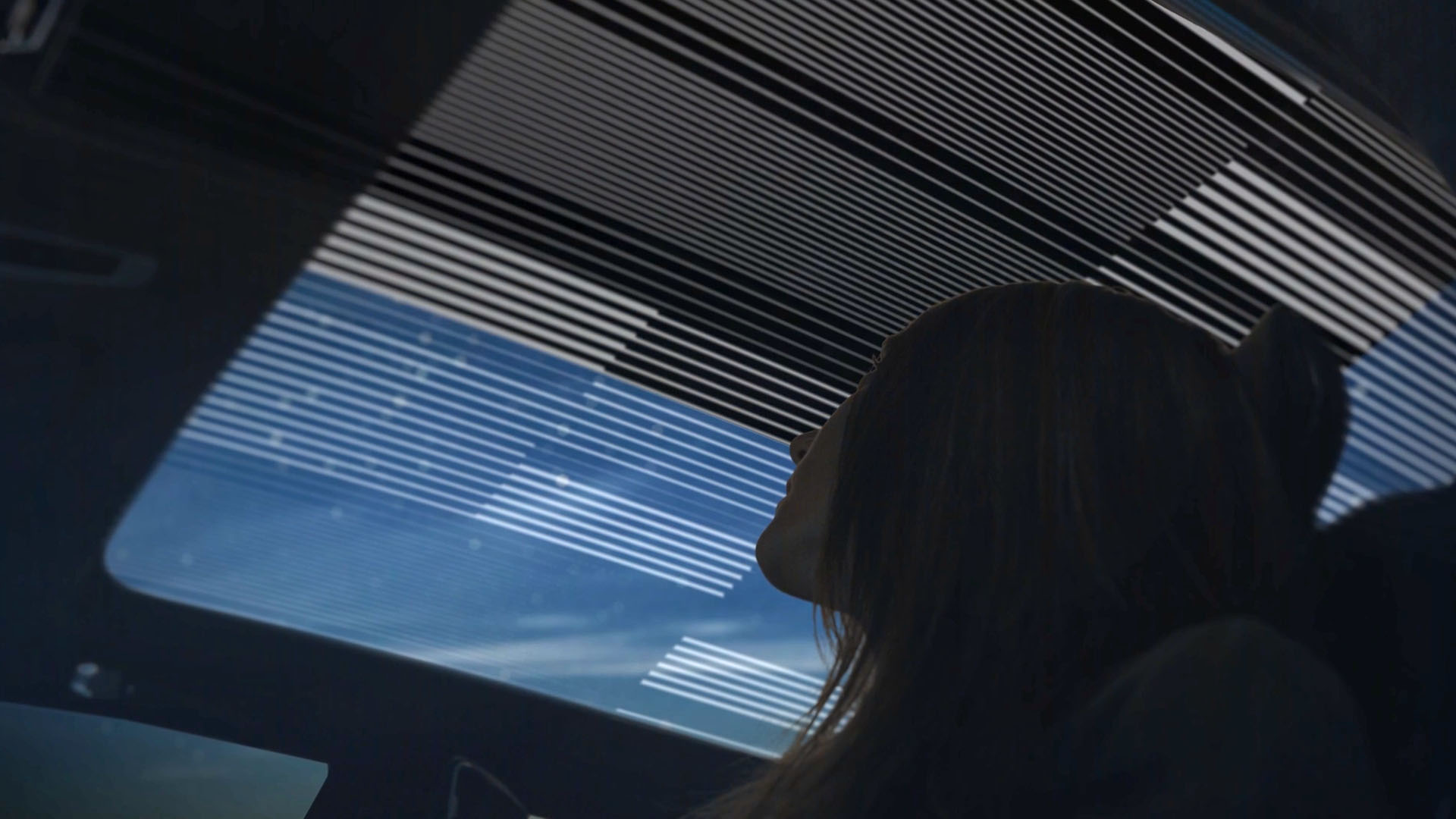

The Cadillac Celestiq is impressive for many reasons, even before mentioning its $300,000 starting price. It has a massive 130-inch wheelbase, does 0-60 in less than four seconds, and just look at it: It’s a land yacht with unprecedented levels of luxury for a Cadillac. Part of that luxury is its massive glass roof.
The huge transparent structure is the largest piece of automotive glass in the world, and it’s not just an expensive new way to get a sunburn. It gives the passengers almost an inch more headroom and it can be tinted above each passenger independently. If someone in the back isn’t loving the sun as much as the others, they can give themselves some shade.

This technology has been used on other vehicles before. It first debuted as an option on the Mercedes SLK (later SLC) roadster in 2011 and has appeared in other Mercedes-Benz coupes since. It’s never been used quite like this, though. One of the visionaries behind the tech is Joe Harary, CEO of Research Frontiers. Harary’s company invented Smart Glass decades ago, and now it licenses the deceivingly simple tech to various automotive suppliers.
Smart Glass is a film with millions of nanoparticles suspended in it. It’s sandwiched between glass layers in a laminated sunroof. When a very small amount of voltage is applied, light can pass through it. When the voltage is shut off, the particles return to a random position and light cannot pass through. It can go totally clear, block 99.5% of all light, and everything in between. It can also be layered if complete darkness is desired.
As Mercedes found out on the SLC, the technology not only blocks light but also heat from the sun. “They found it actually reduced the temperature inside the vehicle by 18 degrees Fahrenheit,” Harary told me. That was a big plus for the German automaker. It continued to use it on several other gas-powered models, including the S-Class coupe, but the potential for EVs was more clear-cut. Harary recalls that Mercedes and automotive supplier Continental found, “You could not only reduce the temperature in the vehicle by 18 degrees, but you could increase the driving range of an electric vehicle by about 5.5%” because the air conditioning wouldn’t have to be used as much.
It wasn’t until relatively recently that GM got interested in the technology. It first made contact with Harary at an automotive glass conference, but it wasn’t until the middle of the pandemic in 2020 that things formally shaped up with the Celestiq. In fact, Harary’s final in-person meeting with GM happened after all of the automaker’s facilities were closed to outside visitors. “We met in the parking lot of a Pancake House, started our discussion there, and had a nice pancake breakfast and continued it,” Harary recalled. Sometimes we forget how strange the early days of the pandemic were. Back then, he says many details of the production Celestiq still weren’t roughed out. Even its price point. Keep in mind, this was just six months before the car was teased for the first time at CES.
The Celestiq’s use of the film is interesting, but nothing revolutionary in terms of Smart Glass’ capabilities. As the car shows, various areas of a single piece of film can be dimmed independently. While Cadillac uses this to create four zones for each passenger, it can also be used to display pretty much anything. Animations, images, they’re all possible. “You can do it as high resolution as you want,” he explained. “If I wanted the Cadillac logo to flash in the roof I could do that.”

The film is also not only capable of blocking light. It’s a slightly spongy material, which also makes it a good sound deadener inside the glass. Combine this with the Celestiq’s quarter-inch thick roof, and it’s definitely going to be a quiet place to be. “With electric vehicles, you hear, especially at higher frequencies, road noise,” Harary said. His film can cut that down significantly, as well as offering the aforementioned range benefits.
He seems interested in buying a Celestiq with the tech. The CEO already owns a Mercedes equipped with Smart Glass. “If our stock price keeps going at the way it’s been going, I’ll be able to afford one,” he said, laughing. “When I want to ride in ultimate comfort, I’ll get the Celestiq out.”
Independent of any potential automotive splurges, he clearly loves the technology. “I remember when I first pressed the button and operated the first crude [smart window.] I thought it was magic. That was in 1987.” he remembered. “Today, when I’m in my car, and I just press the sunroof, and it goes from dark to clear, I still feel the magic.”
Hopefully, for Cadillac’s sake, Celestiq buyers will, too.
Got a tip or question for the author? You can reach them here: peter@thedrive.com